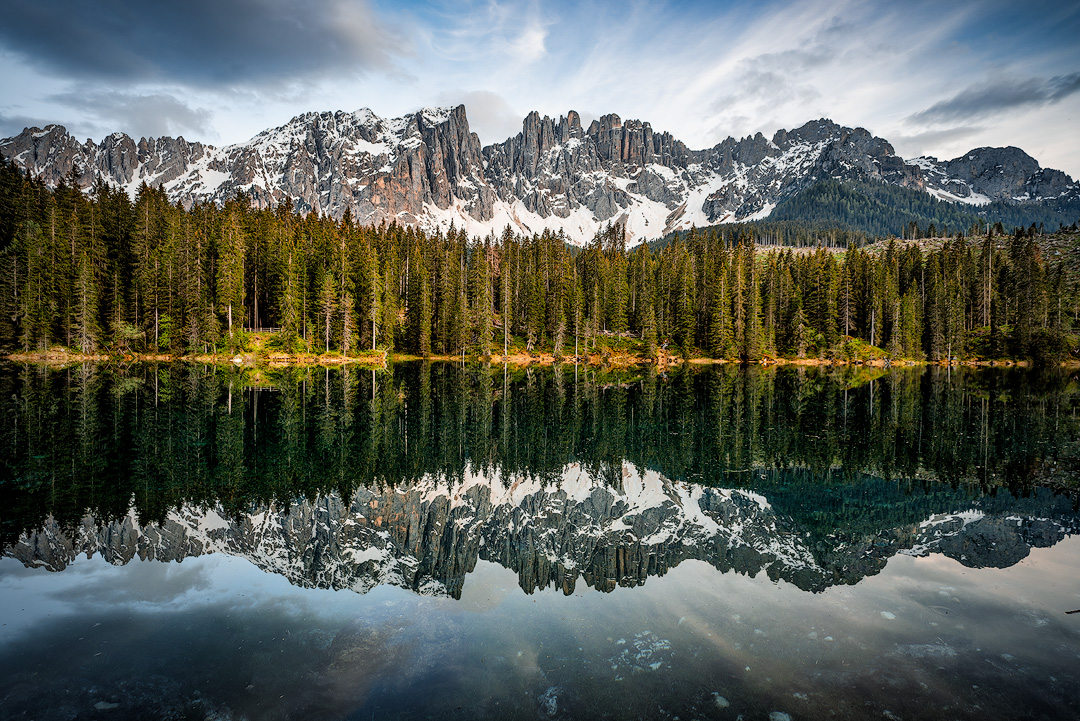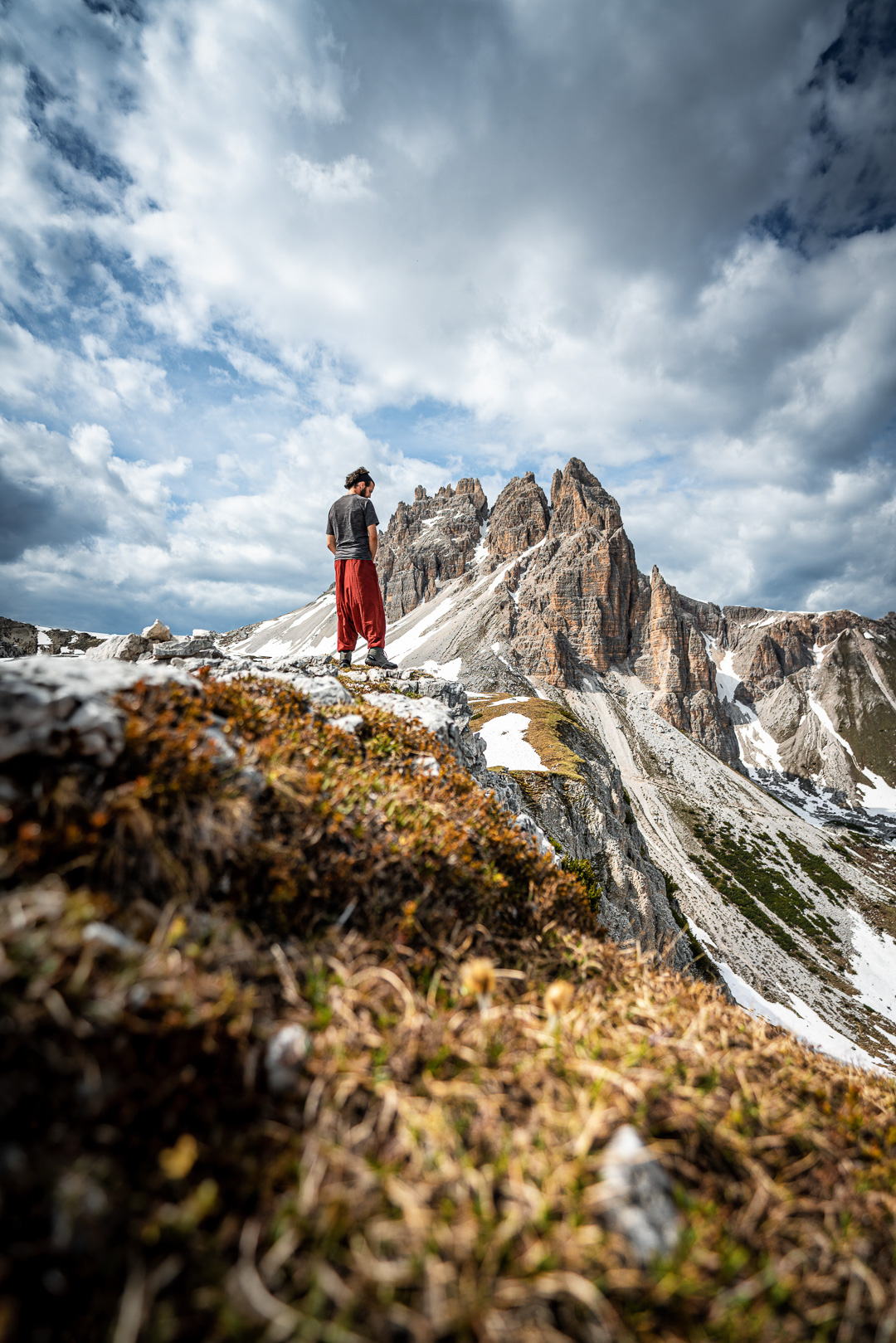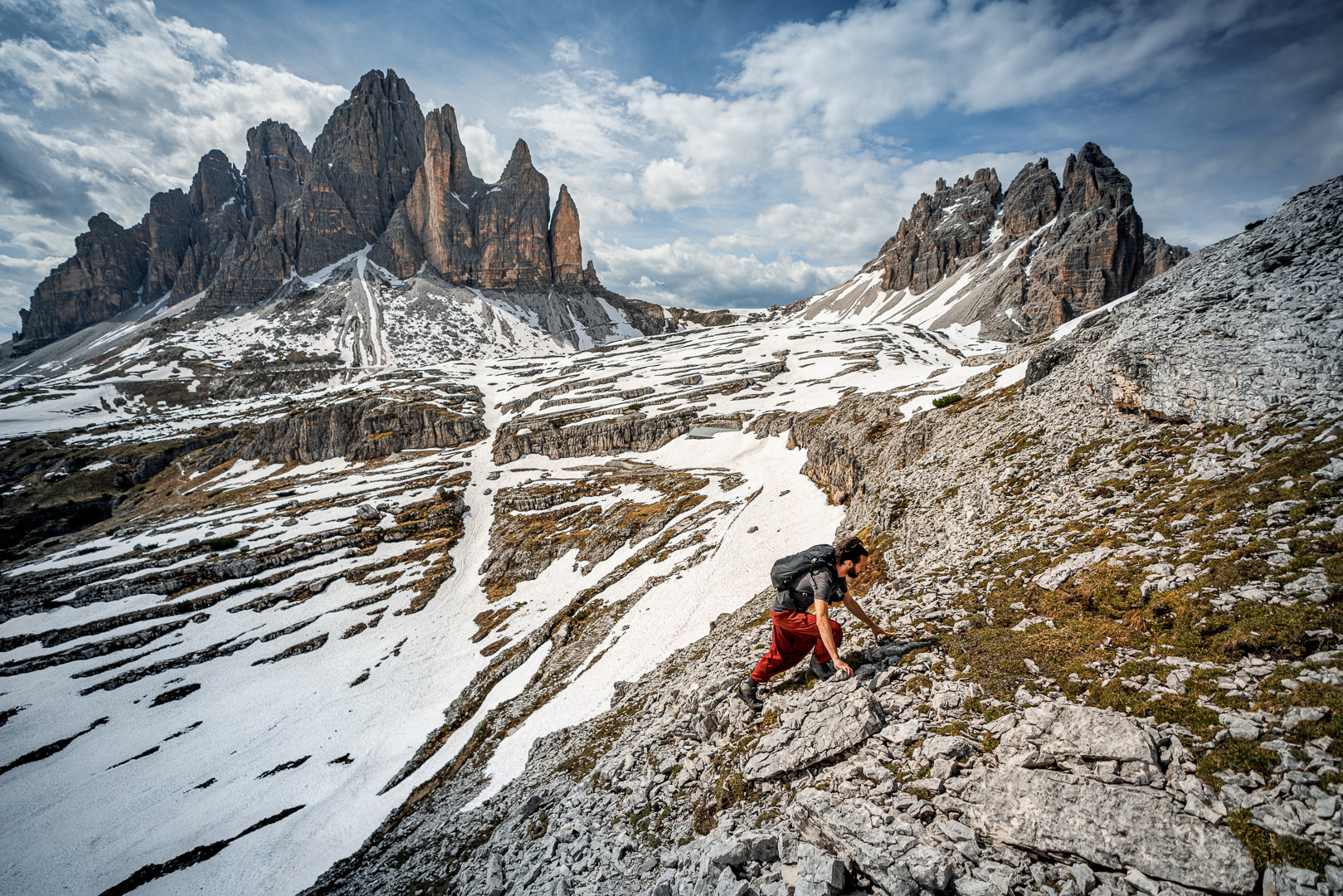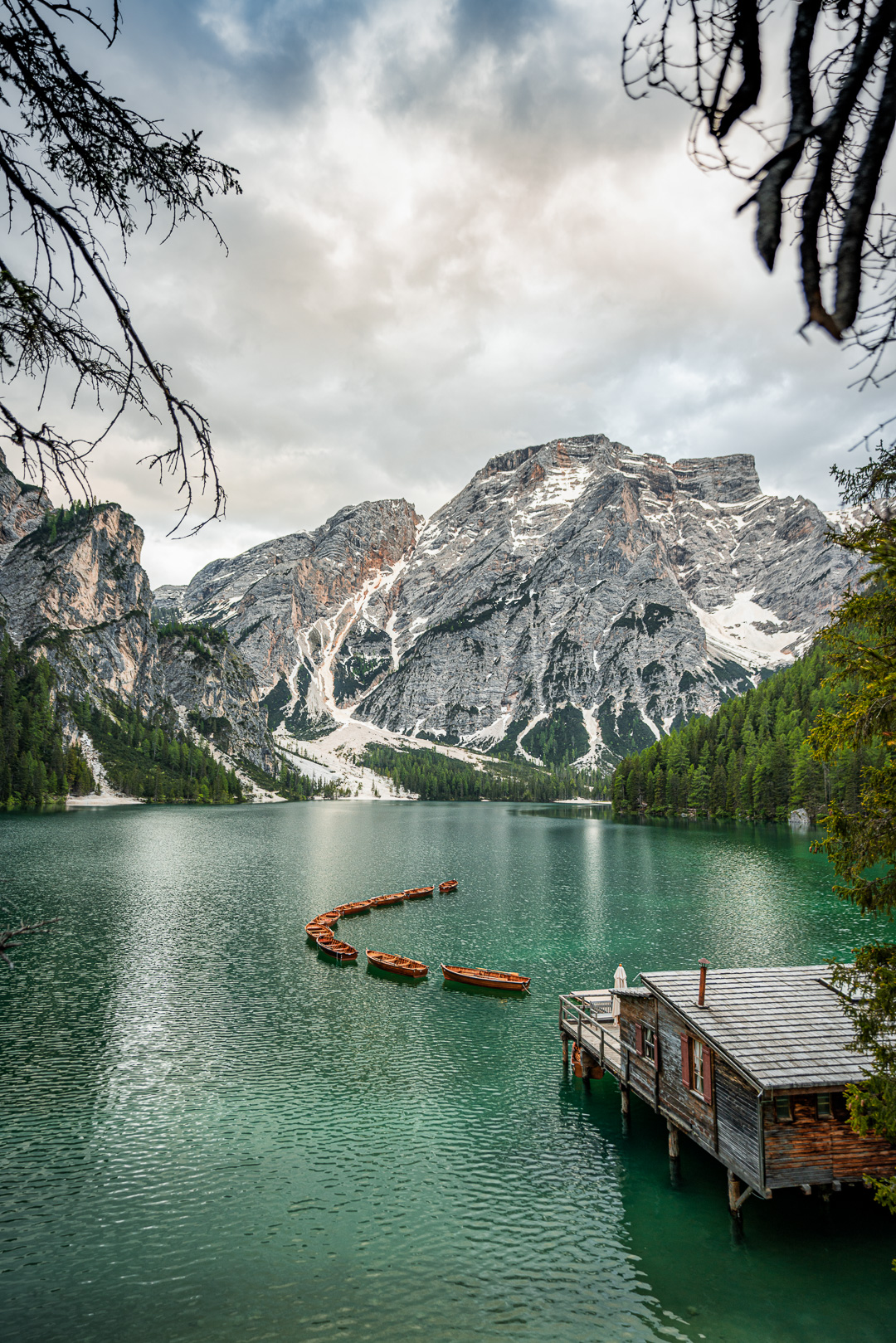Dolomites
About This Project
The Dolomites (Italian: Dolomiti; German: Dolomiten; Ladin Dolomites; Friulan: Dolomitis) are a set of mountain ranges in the eastern Italian Alps, south of the main alpine chain, almost entirely included in the Veneto, Trentino-Alto Adige and Friuli-Venezia Giulia regions (part of the provinces of Belluno, Bolzano, Trento, Udine, Pordenone, Vicenza and Verona), with a small part also included in Austria (Lienz Dolomites). It is one of the most renowned nature and tourist areas in the Alps, home to a national park and nine nature parks. Towns such as Cortina d’Ampezzo, Rocca Pietore, Ortisei, Arabba, Selva di Val Gardena and Corvara in Badia live off tourism, be it naturalist or winter sports, —it has one of the largest ski areas in Europe and the largest in Italy, Dolomiti Superski, with more than 1,200 km of slopes—, or climbing.
The name honors Déodat de Dolomieu, a French geologist who discovered the composition of dolomite rock in 1791. Previously known as Monti pallidi (Pale Mountains), sometimes still in use. The highest point is the Marmolada with 3342 m, with many peaks exceeding 3000 m: Antelao, Pelmo, Tofanas, Civetta, Sassolungo, Piz Boè, Cima de la Vezzana, Cima Tossa, Punta dei 3 Scarperi, Sorapìss, Sass Rigais or Cimone della Pala.
The Dolomites were declared a World Heritage Site by UNESCO on June 26, 2009




